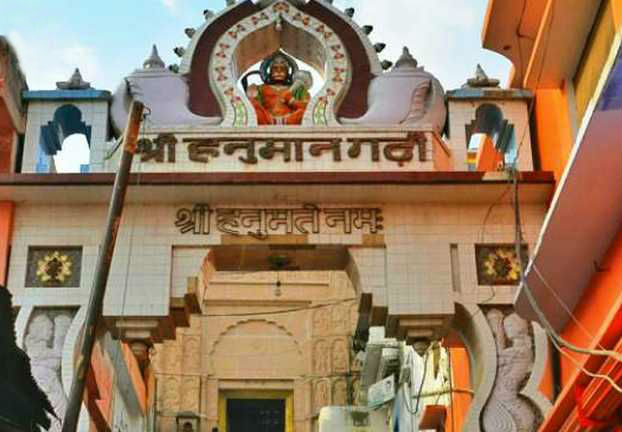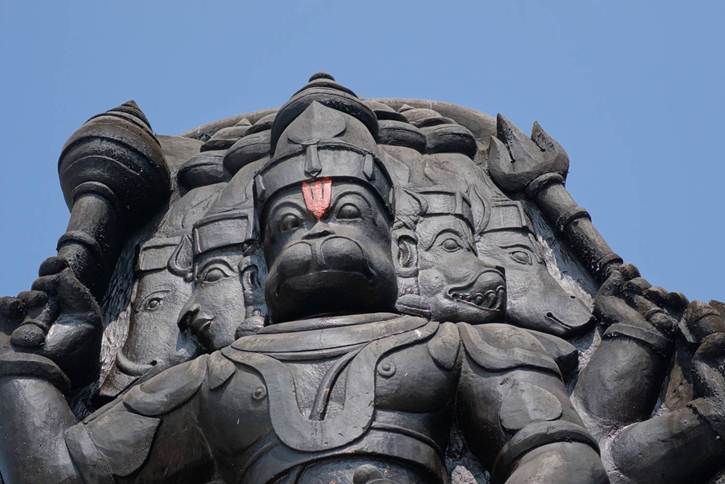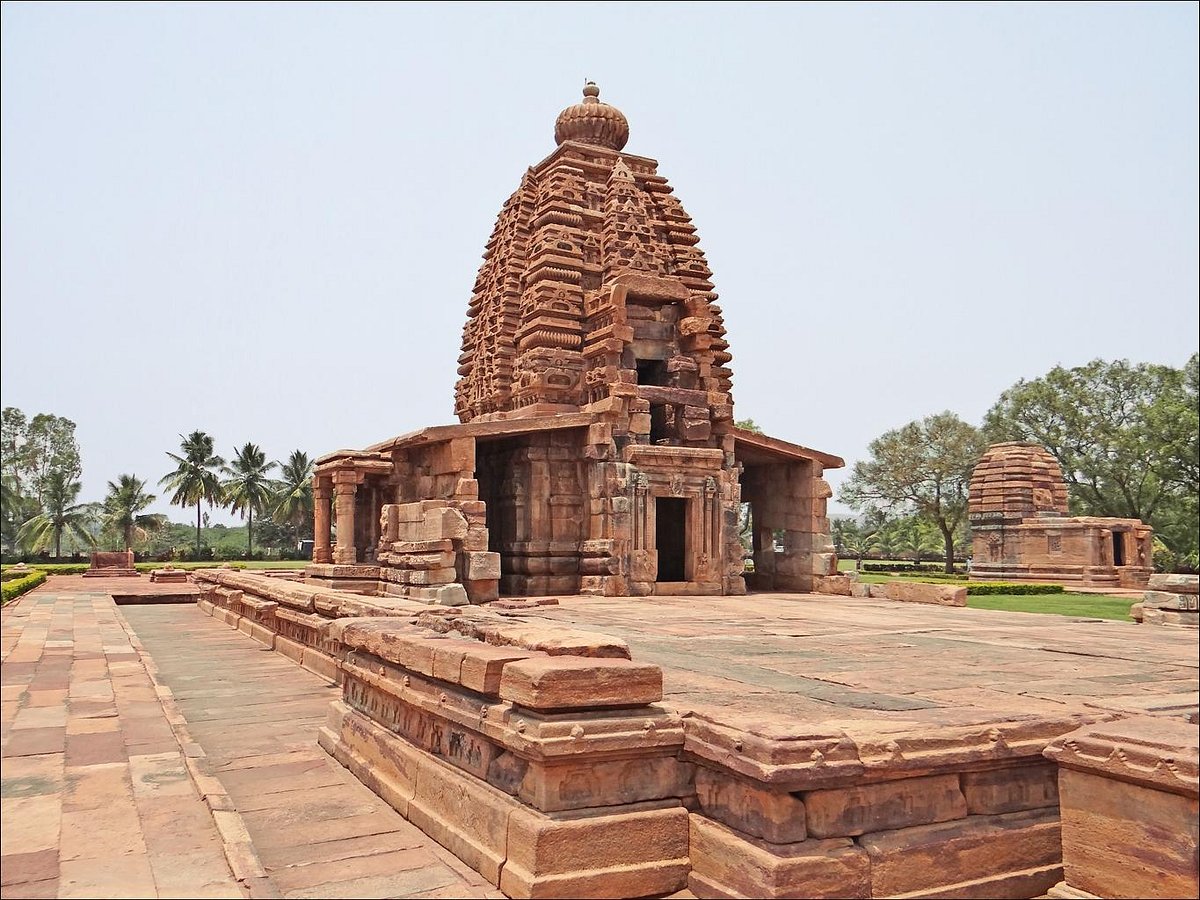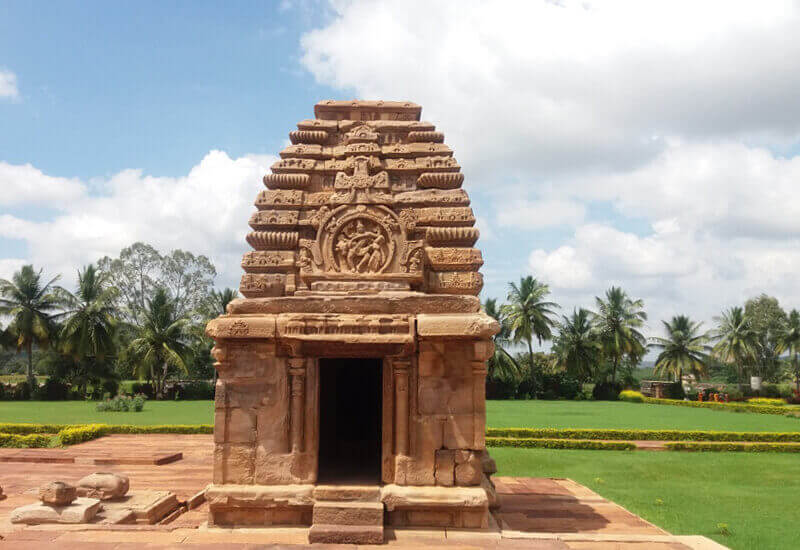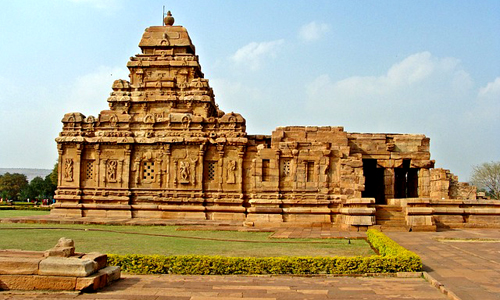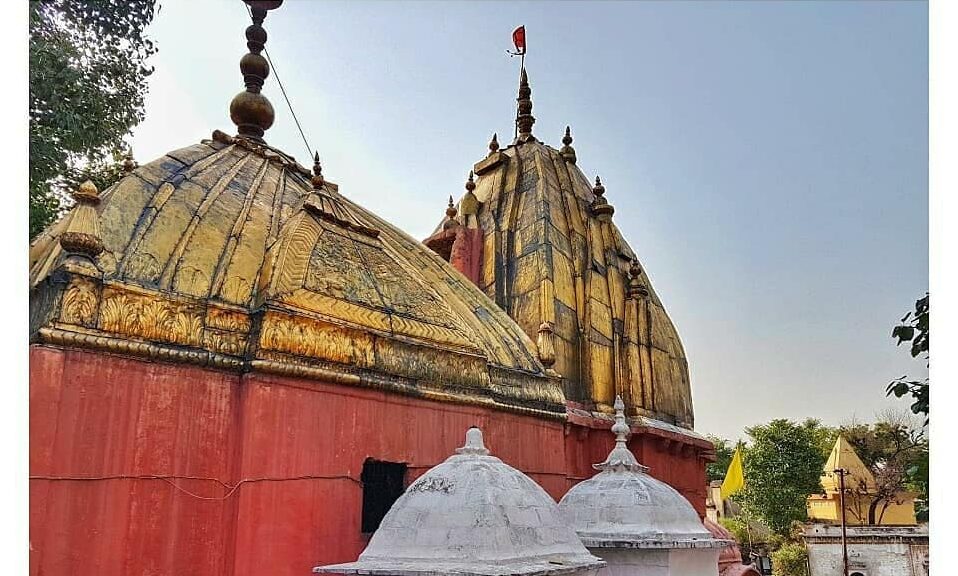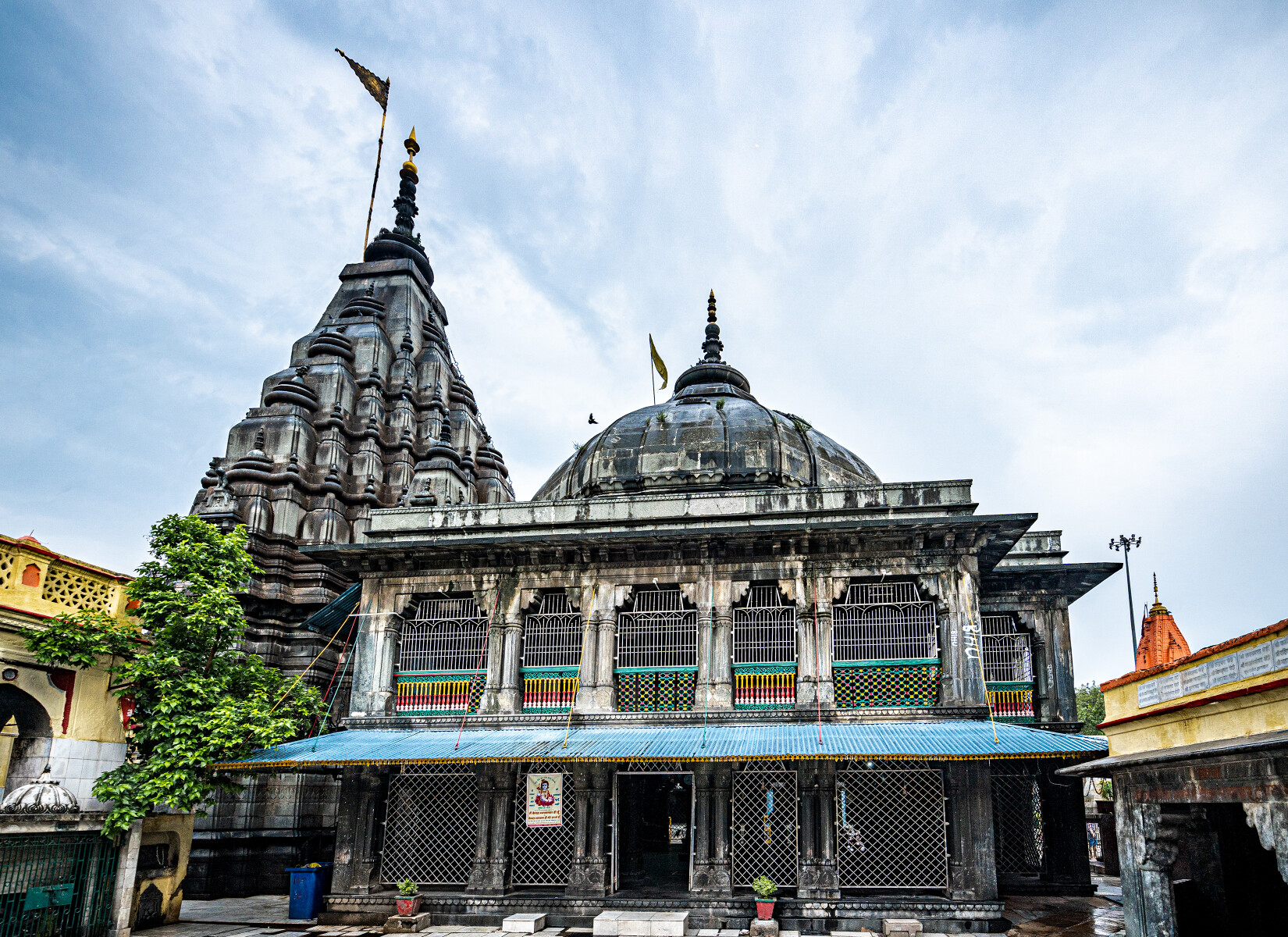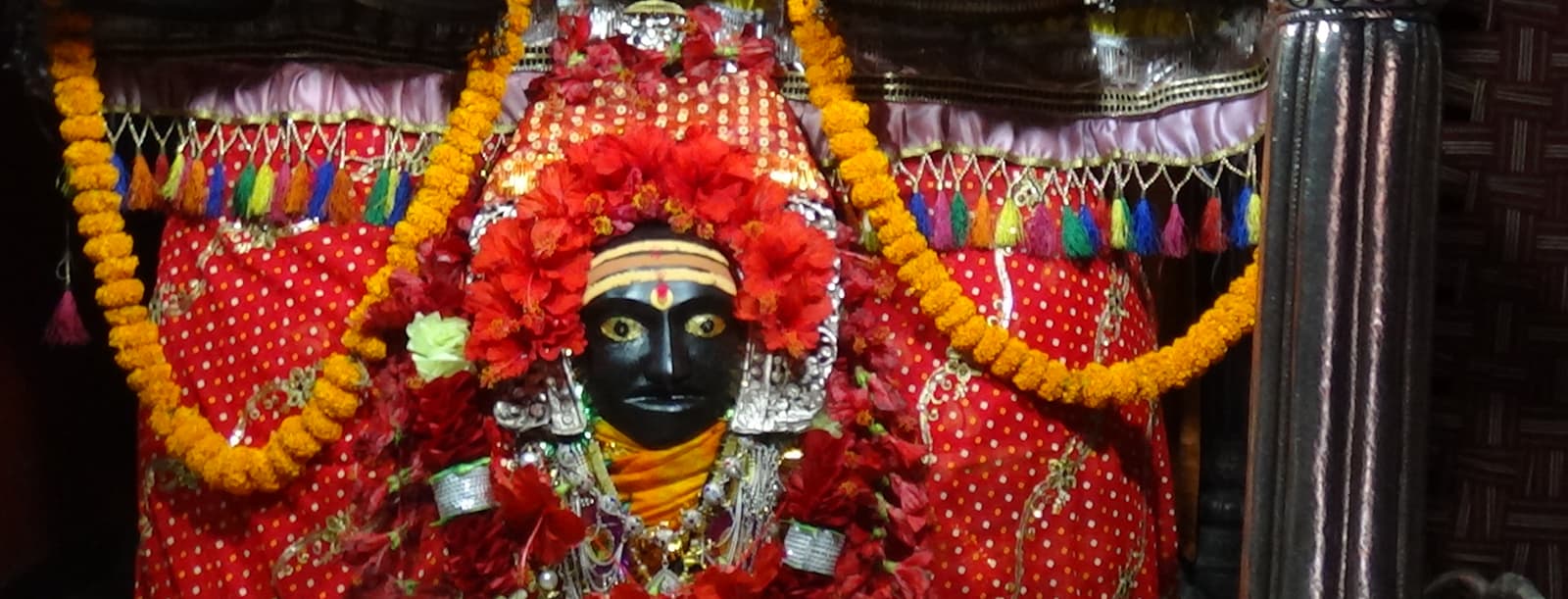Ayodhya: Nestled in the heart of Uttar Pradesh, Hanumangarhi stands as one of Ayodhya’s most revered temples, drawing thousands of pilgrims and tourists alike. As one of the oldest and most significant shrines in the region, it holds deep cultural, religious, and historical importance. Visitors flock to this sacred site not only for spiritual enrichment but also to experience the rich heritage that has defined Ayodhya for centuries.
The Significance of Hanumangarhi
Hanumangarhi is dedicated to Lord Hanuman, the Hindu god known for his immense strength, loyalty, and devotion, particularly to Lord Ram. Situated atop a hill, the temple offers panoramic views of the city, adding to its spiritual aura. The temple’s prominence in Ayodhya’s religious landscape makes it a must-visit destination for devotees seeking blessings from Lord Hanuman.
What sets Hanumangarhi apart is its direct connection to the legend of Lord Ram. According to tradition, Hanuman resided here to protect Lord Ram and his family from any potential threats. This association with Ram, one of the central figures in Hinduism, makes the temple not just a place of worship but also a symbol of the enduring bond between devotion and strength.
A Walk Through History
Hanumangarhi’s origins date back to ancient times, with several stories surrounding its establishment. Local lore suggests that the temple was originally built by the kings of the region as a tribute to Hanuman’s protection over Ayodhya. Over time, the temple grew in stature, becoming an important site for pilgrims who believed that worshipping here could bring them divine blessings.
The architecture of Hanumangarhi also speaks volumes about its historical importance. The temple’s structure has undergone several renovations, but it still retains much of its original design, marked by intricate carvings, steep staircases, and large stone slabs. These features not only highlight the craftsmanship of ancient artisans but also offer a glimpse into the region’s rich architectural legacy.
Beliefs and Spiritual Practices
Devotees believe that Lord Hanuman offers protection against evil, removes obstacles, and provides strength in times of need. It is common for pilgrims to visit Hanumangarhi for a range of reasons—some come to seek blessings for success, others for health, or even for resolution of personal issues. One of the most popular rituals here is the recitation of the Hanuman Chalisa, a hymn dedicated to Lord Hanuman that is believed to grant peace, prosperity, and spiritual protection.
The temple also houses a large idol of Lord Hanuman, known for its size and power. Devotees often offer sindoor (vermilion) and other symbolic offerings, seeking divine intervention in their lives. The temple’s vibrant atmosphere during festivals like Hanuman Jayanti, Diwali, and Navaratri further underscores its significance as a spiritual hub.
Daily Routine at Hanumangarhi
The temple follows a strict daily schedule of rituals and ceremonies, starting early in the morning with the Mangala Aarti, a devotional song sung in praise of Lord Hanuman. The temple priest performs several rituals throughout the day, including the offering of flowers, incense, and sweets to the deity. Pilgrims often join in the prayers, creating a community atmosphere that makes Hanumangarhi feel like a living, breathing place of worship.
In the evenings, the temple hosts a Shayan Aarti, a tranquil ritual that marks the closing of the temple for the day. The soft chanting and light from the lamps create a serene ambience, allowing both pilgrims and visitors to reflect on their day.
Travel Guide: How to Reach Hanumangarhi
By Air: The nearest airport to Ayodhya is in Lucknow, approximately 135 km away. From there, visitors can hire a taxi or take a bus to reach Hanumangarhi.
By Train: Ayodhya Railway Station is well-connected to major cities like Lucknow, Varanasi, and Delhi. From the station, it is a short drive to Hanumangarhi.
By Road: Ayodhya is easily accessible by road, with buses and private vehicles connecting it to key cities in Uttar Pradesh and beyond.
Best Time to Visit: The ideal time to visit Hanumangarhi is during the cooler months, from October to March. Festivals like Hanuman Jayanti (usually in April) see a surge in visitors, adding to the vibrancy of the place.
Native Stories and Legends
As with most temples in India, Hanumangarhi is steeped in a rich tapestry of local myths and stories. One of the most popular legends is that of the temple’s protection by Hanuman. It is believed that the deity himself resides in the temple to safeguard Ayodhya from evil. A local story tells of a time when a demon tried to enter Ayodhya, only to be struck down by Hanuman’s divine intervention.
Another lesser-known tale relates to the origins of the temple’s hill. According to tradition, the hill was formed when Lord Hanuman, in his haste to reach Lanka during the battle against Ravana, dropped a piece of rock here. Over time, this spot became a sacred site, revered by devotees.

